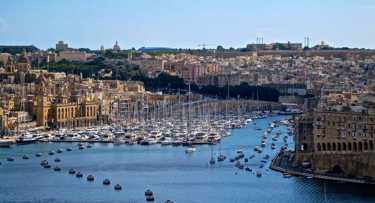Malta: What to see and do?
Malta is a charming little island in the Mediterranean! Whether you're attracted by history, breathtaking scenery or dreamy beaches, Malta is sure to seduce you. Here's an overview of the main sights to see during your stay.
Let's start with the capital, Valletta. This fortified city, a UNESCO World Heritage Site, is home to many architectural treasures. Don't miss a visit to the famous Co-Cathedral of St. John, a jewel of Baroque architecture, where you can admire works by the famous painter Caravaggio. Stroll through the city's narrow streets and discover its secret gardens, lively squares and numerous museums, such as the National Museum of Fine Arts and the Archaeological Museum.
A few kilometers from Valletta lies Mdina, another historic city not to be missed. Nicknamed "The Silent City", Mdina is an ancient medieval capital where you can lose yourself in its cobbled streets and impressive ramparts. Visit St. Paul's Cathedral and the charming palaces of the Maltese nobility.
Malta is also renowned for its prehistoric temples. The most famous are in Tarxien, Ħaġar Qim and Mnajdra. Dating back thousands of years, these sites bear witness to the island's rich history and offer breathtaking panoramas.
For nature lovers, the Dingli cliffs are a must. Located to the west of the island, they offer spectacular views of the Mediterranean Sea. And don't miss a trip to the island of Gozo, renowned for its unspoilt landscapes, secret coves and famous "Azure Window", an arch-shaped rock formation overlooking the sea.
As far as transport is concerned, Malta has an excellent bus network, making it easy to get from one place to another. The buses are well-maintained and run on a regular schedule. You can buy tickets on board or use a prepaid travel card.
If you prefer a more independent solution, car rental is a practical option for exploring the whole island. Driving is on the left-hand side of the road, and it's advisable to take care in traffic, especially on narrow city streets.
Finally, if you'd like to visit neighboring islands or extend your trip, Malta is well served by international flights. Malta's international airport offers connections to many European destinations.
So there's plenty to explore in Malta. From the rich history of Valletta to the breathtaking scenery of Gozo, from prehistoric temples to the cliffs of Dingli, this little Mediterranean gem is sure to charm you. Take advantage of the bus network or rent a car to get around easily, and don't hesitate to extend your stay by visiting the neighboring islands.

